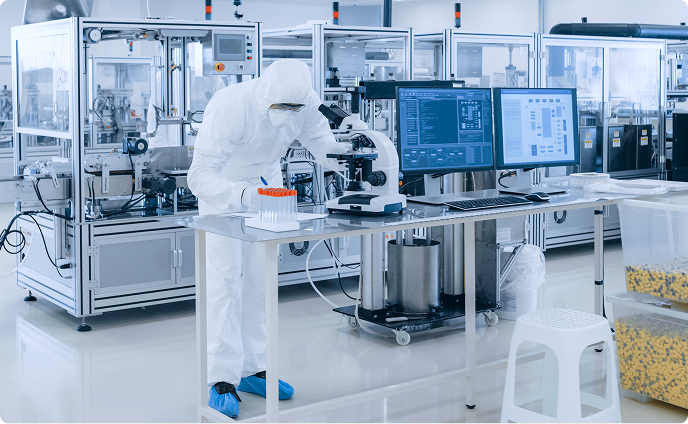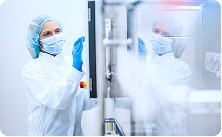Cleanrooms are critical environments for many industries, including pharmaceuticals, biotech, and electronics manufacturing. These environments require stringent control of particulate and microbial contamination to ensure product quality, safety, and efficacy. One essential aspect of maintaining these cleanroom environments is environmental monitoring.
Environmental monitoring involves regularly testing and evaluating various environmental factors, including air and surface cleanliness, temperature, humidity, and pressure. By monitoring these parameters, cleanroom operators can identify potential sources of contamination and take corrective action before they compromise the cleanroom environment.
Here are some strategies for effective environmental monitoring in cleanrooms:
1. Develop a monitoring plan: A monitoring plan should identify the parameters to be monitored, sampling locations, and frequency of sampling. It should also outline the procedures for sampling, testing, and recording data.
2. Use appropriate monitoring tools: Different monitoring tools are available, such as particle counters, microbial air samplers, surface swabs, and temperature and humidity sensors. Choose the appropriate tool based on the parameters being monitored.
3. Calibrate monitoring equipment: Monitoring equipment should be calibrated regularly to ensure accurate readings. Calibration records should be maintained.
4. Conduct regular testing: Regular testing is critical to identify trends in environmental parameters and to detect any deviations from established limits. Immediate corrective action should be taken if any deviation is detected.
5. Analyze data: Analyzing data can provide valuable insights into cleanroom performance and help identify areas for improvement. Regular analysis of data can lead to process improvements and reduce the risk of contamination.
6. Document monitoring activities: Documentation is essential to demonstrate compliance with regulatory requirements and to track cleanroom performance over time. All monitoring activities should be thoroughly documented, including sampling procedures, test results, and corrective actions taken.
Conclusion
Environmental monitoring is a critical component of maintaining a cleanroom environment. By developing a monitoring plan, using appropriate tools, conducting regular testing, analyzing data, and documenting activities, cleanroom operators can ensure effective control of particulate and microbial contamination. By implementing these strategies, companies can ensure their cleanrooms operate at optimal levels and produce high-quality products. Contact us for more information.

















